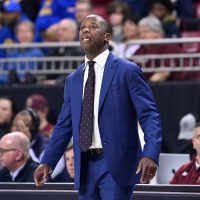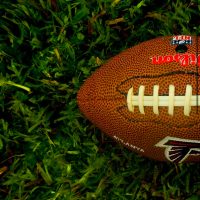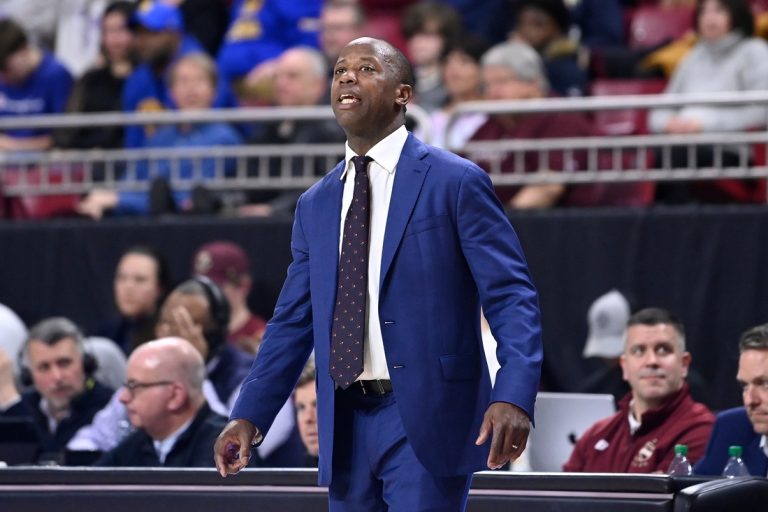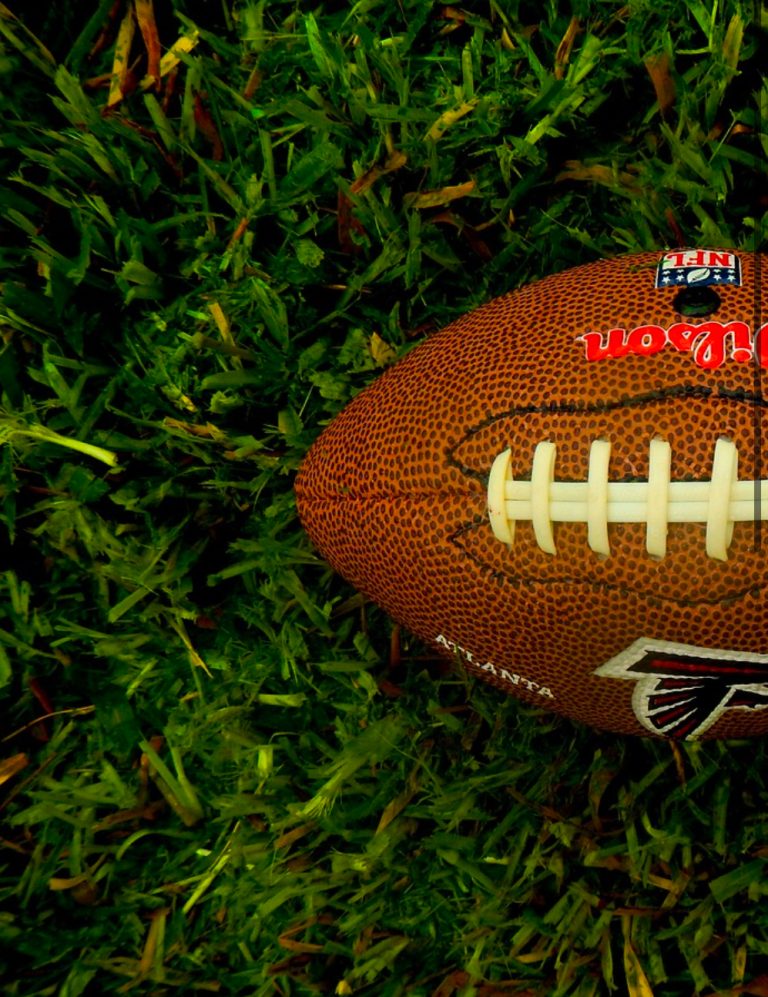Expanded geographic footprint has posed challenges for Big Ten teams
The top-two teams in the country are Oregon and Ohio State and the Buckeyes’ only loss came in October to the Ducks when quarterback Will Howard was a second too late to slide so his team could attempt a game-winning field goal.
Four of the top five teams in the AP Top 25 are from the Big Ten as Penn State sits fourth, its only loss coming after Ohio State had a goal-line stand in the closing minutes a couple weeks ago that could have sent the game to overtime.
Indiana – the darling of this college football season – remains undefeated and ranked fifth ahead of its clash with the Buckeyes next weekend.
It has been a glorious season for the Big Ten especially coming off Michigan’s national championship run last year.
It has also been an incredible challenge considering the age of expansion for the teams – whether the old-guard Big Ten programs or the Pac-12 additions – when having to travel across the country to play games, sometimes at very odd hours.
The breakdown is pretty compelling and plays out basically like this: The teams who have to travel outside their traditional conference footprint have a very difficult time – and often lose – with only some exceptions.
USC is a disappointing 4-5 with losses at Michigan, at Minnesota and at Maryland, trips the Trojans would never have taken if the Pac-12 still existed.
The Wolverines’ 27 points against USC was tied for the third most they’ve scored this season, eclipsing that mark by one and three points, respectively, against Arkansas State and Fresno State.The Terrapins beat USC but still have a losing record.
Despite Penn State’s success this season, the Nittany Lions were down 20-6 at halftime when they traveled to USC and needed overtime to beat the Trojans. Iowa is coming off a disappointing 20-17 loss at UCLA last week as only Ohio State held the Hawkeyes to fewer points this season.
At the time, one-loss Illinois went to Oregon and fell flat in a 38-9 loss. This season the Wolverines have twice traveled to the Pacific Northwest and lost to the Huskies and the Ducks by double digits.
Washington traveled across the country to play at Rutgers and lost, 21-18, in a game riddled with mistakes by the Huskies, who also lost by 14 at Indiana and just got wrecked, 35-6, at Penn State over the weekend. Iowa scored a season’s worth of points in a 40-16 Iowa City blowout in mid-October over the Huskies.
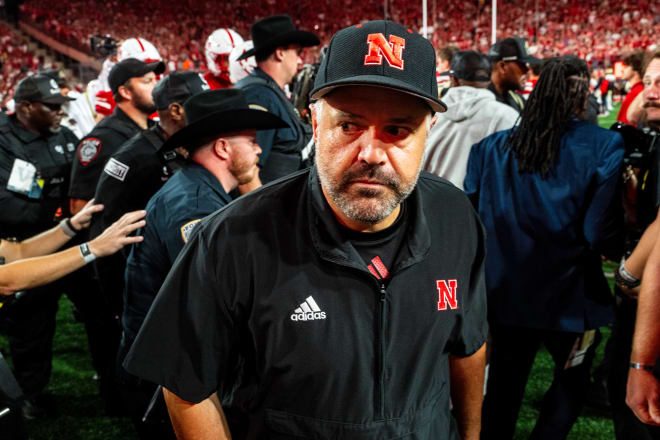
Rutgers had a really unfavorable situation in late October when it played at USC after the World Series and the game didn’t kick until 11 p.m. ET. The Scarlet Knights played into the wee hours for their body clocks and lost, 42-20.
Some losses probably would have come no matter which team was traveling where: Michigan State went to Oregon and lost by 21; Northwestern played at Washington and scored five points; Maryland just visited Oregon and lost by 21; Wisconsin went to USC and lost by 17; and lowly Purdue has traveled to both Oregon and Oregon State this season and lost to both in convincing fashion, not scoring a point against the Ducks.
Some Big Ten teams have bucked the travel-far-to-lose trend.
Early in the season, when no one knew what Indiana would become, the Hoosiers went out to UCLA and throttled the Bruins, 42-13. Oregon has gone to Michigan State, Purdue and Michigan and won all of those games convincingly.
Minnesota went to UCLA and won. UCLA went to Penn State and lost but traveled across the country again for an early start at Rutgers and won and then went to Nebraska the next weekend and beat the Huskers in Lincoln, 27-20.
Nebraska visits USC this weekend. The Trojans are 8.5-point favorites and if trends hold, they should take down the Huskers by more than that.
The best example of the revamped Big Ten travel curse came on the night of Oct. 12 in Eugene when Howard slid one second too late before Ohio State could call timeout and line up for a potential game-winning field goal.
The Buckeyes didn’t get back to Ohio State quickly after a short flight from Penn State or Michigan. The entire Ohio State team had to sit on a plane for more than four hours to get home from Eugene.
A literal second was the potential difference in that Ohio State-Oregon outcome after all those hours traveling to and from the Pacific Northwest.
#Expanded #geographic #footprint #posed #challenges #Big #Ten #teams
